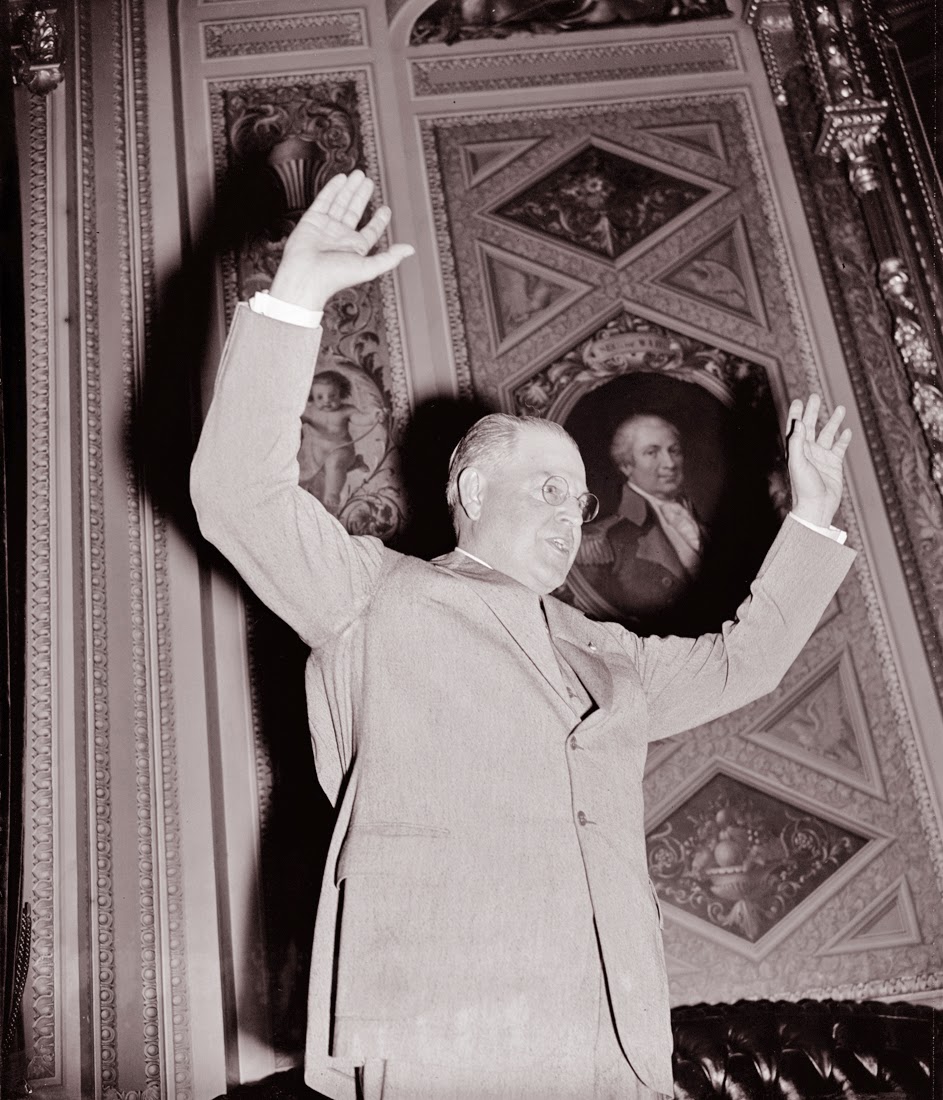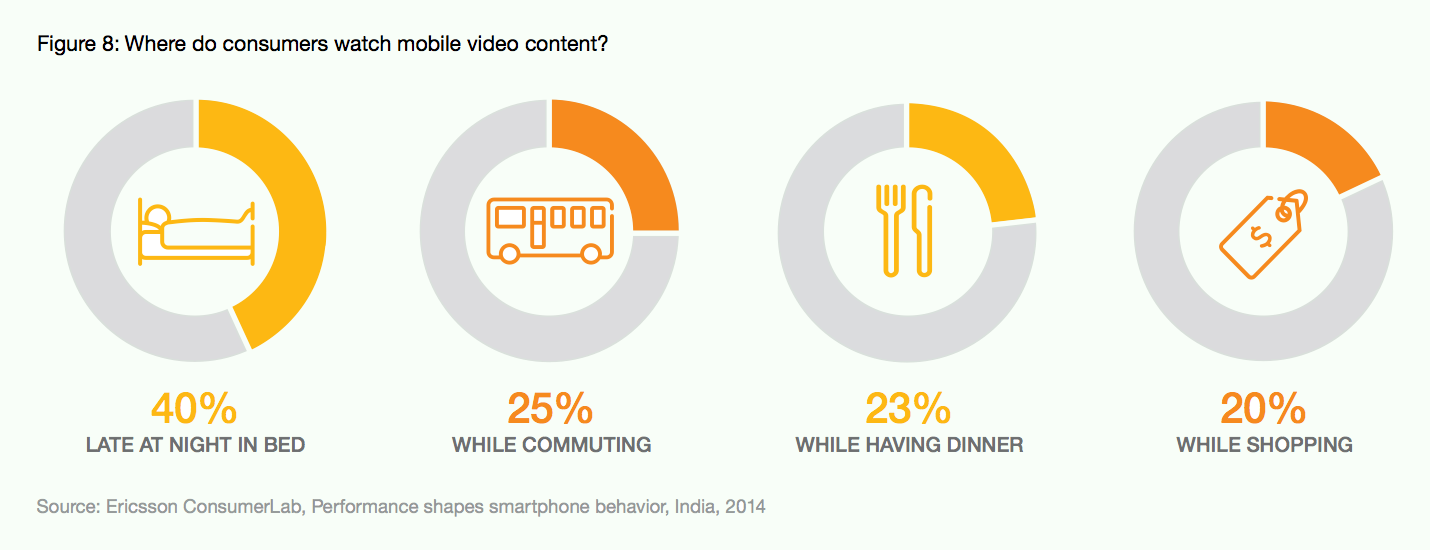An Unshelved comic on July 2nd had the conclusion of a story that started back on June 24th with Desmond (a software developer from another comic, Not Invented Here) asking Dewey an obscure question. Dewey went to his co-workers.
But, neither Dewey (the teen services librarian), nor Tamara (the children’s librarian) could find him an answer. Mel (their manager) couldn’t either.
Then Colleen (their retired reference librarian) took over the hunt. She activated her phone network, waited on hold, and another gray-haired librarian appeared and handed her the answer. Desmond’s friend Jeff (who actually had the relevant document) also showed up and he complained that:
“A librarian broke into my house and stole one of my undergraduate papers.
It was in a box in the back of my garage.
How did she know it was there?
I didn’t even know it was there!
Then she headbutted me with her bun.”
That’s not much of an exaggeration. Reference librarians at your public library are very familiar with a whole box of tools that you may know nothing about, like the PMC and PDQ databases. They are used to looking in lots of places you haven’t ever seen. And they know how to reach people, like the officers in organizations such as the ACM and your local chapter. So, ask them for help when you’re looking for a speech topic or background information.
For example, two decades ago we were writing a review article for the Society of Automotive Engineers about Spot Weld Failure Analysis for Accident Reconstruction. I found the title of a fracture mechanics handbook that might have something useful, but it was so expensive (~$400) and obscure that even the engineering library at Ohio State University didn’t own a copy.
So, I asked a reference librarian at the Columbus Public Library about getting it via interlibrary loan, and was immediately told (based on a WorldCat search) that Case Western Reserve University up in Cleveland had a copy in their reference collection, but wasn’t willing to send it out. Then the librarian said they would look further.
About a week later they called and told me to come down and pick up the handbook. They found it near Dayton in the library at the Air Force Institute of Technology, which is the Air Force’s graduate school for engineering and management. Back then WorldCat didn’t have the user-friendly web interface it now has.
The NCI image of a librarian working with a doctor using PDQ is from Wikimedia Commons.












.jpg)



